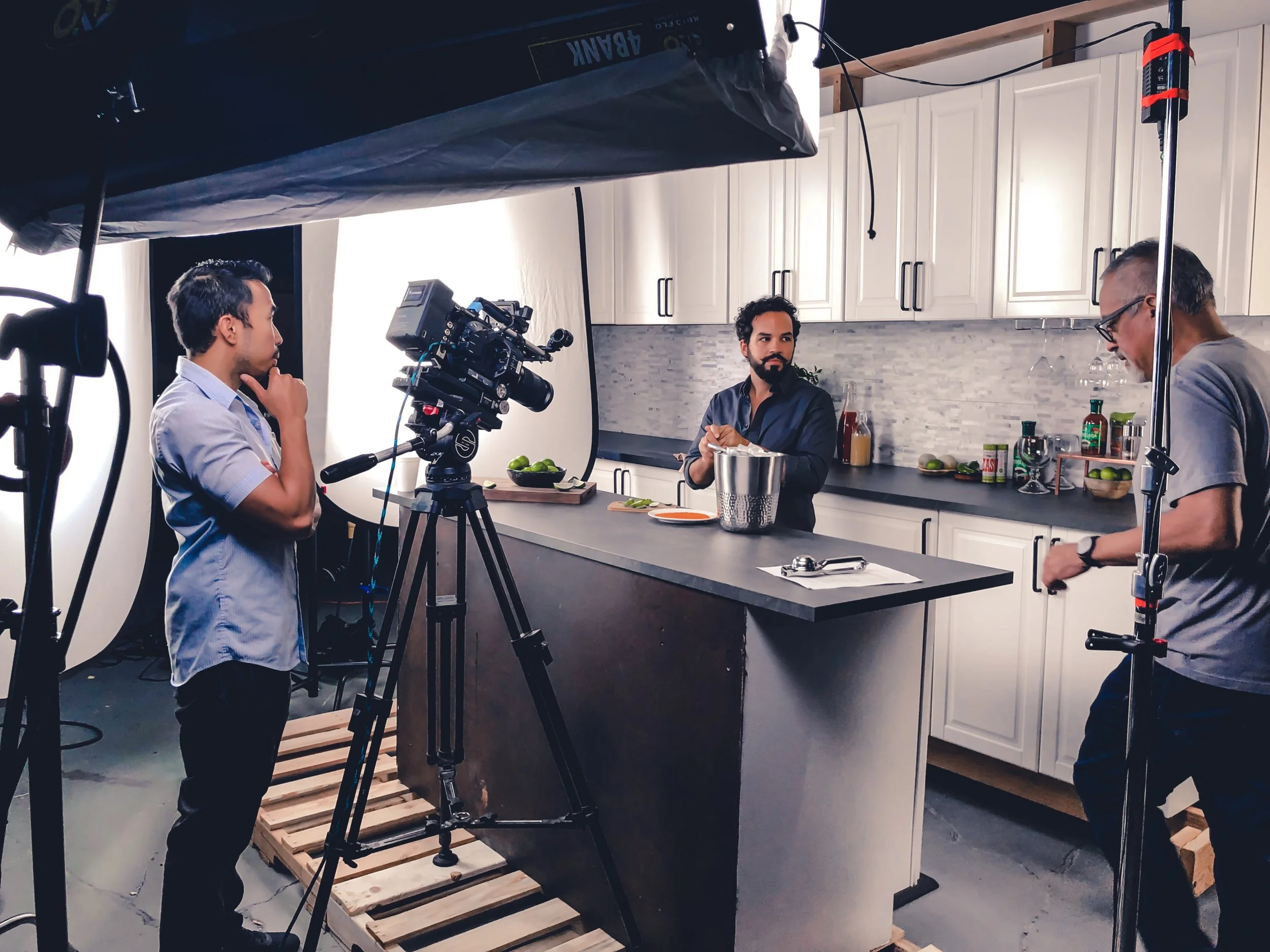Discover the magic behind the scenes of Negin Catavian's Dorit's commercial shoot, where she shares the innovative equipment that helped bring her vision to life. Learn how each tool played a crucial role in creating an unforgettable video ad.
Nike Documentary BTS Clip
Amazing shot for a Nike documentary by Bubba’s.
See how the robot moves the camera to showcase the shoes.🦾👟
Watch the video below:
Basic Camera Stands in 2019
You just finished recording your video and while you look at the footage, you find that the camera shakes in certain parts of the video. You try to steady your hands in the next recording but to no avail. No need to create makeshift camera stands! Our research shows you 5 basic camera stands that should keep your videos smooth for the next production.
Unless you’re making a found footage film, having good camera stands is an absolute must. Shaky footage immediately gives off an impression of being an amateur. There are many more options than commonly known to keep your shots smooth, and we’re here to help you navigate a few of the basics.
Tripods:
Tripods are pretty simple. You put your camera on them, and you can get a stable shot. You can lengthen and shorten the legs to get higher and lower angles, and you can pan left and right, and tilt up and down. These are perfect for mostly still shots, but are lacking if you want to have any movement outside of pans and tilts.
Monopod:
Even though monopods are essentially a camera on a stick, they are still incredibly useful. These are used in situations where tripods are too bulky or heavy to film with, such as in public shoots. Monopods are used with the actual monopod as one leg and your own legs as the other two. They can also be used to get high angle shots, but do not provide as stable shots as other options. They are also generally fairly inexpensive.
Glidecams and Gimbals:
Glidecams and gimbals are great for mobile shots. They both keep cameras steady during motion, but are fairly different. Glidecams keep the camera stable through weights and gravity, while gimbals use various battery-powered mechanisms. Both take a long time to set up. Glidecams are less expensive generally, but also has a steep learning curve. Gimbals are easier to use, but are also quite expensive. Which you get really depends on if you are willing to take the time to master the glidecam, or want the gimbal’s mechanisms to do it for you.
Sliders:
Slides are essentially tracks that you attach your camera to. These allow for smooth, dynamic shots, of either horizontal, vertical, or diagonal movement.
